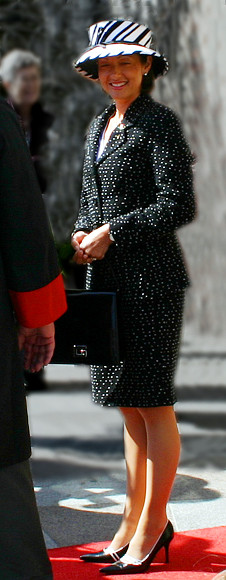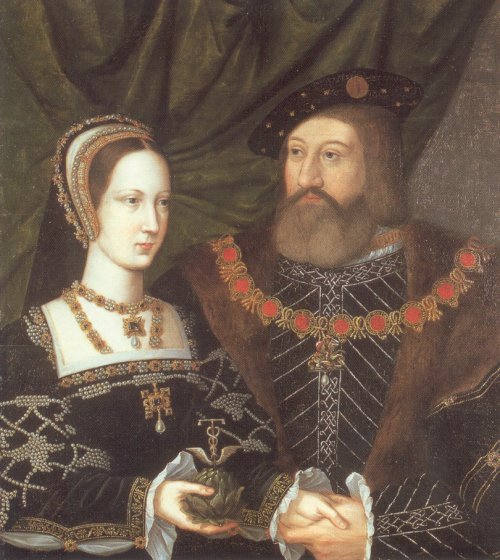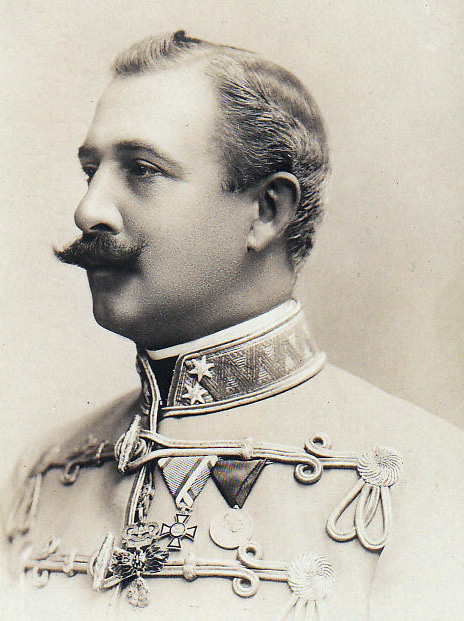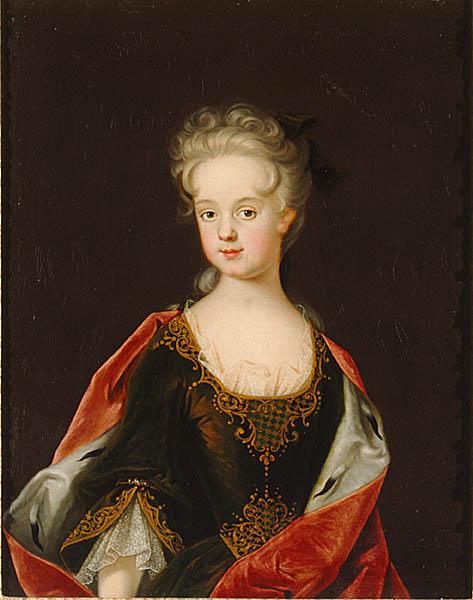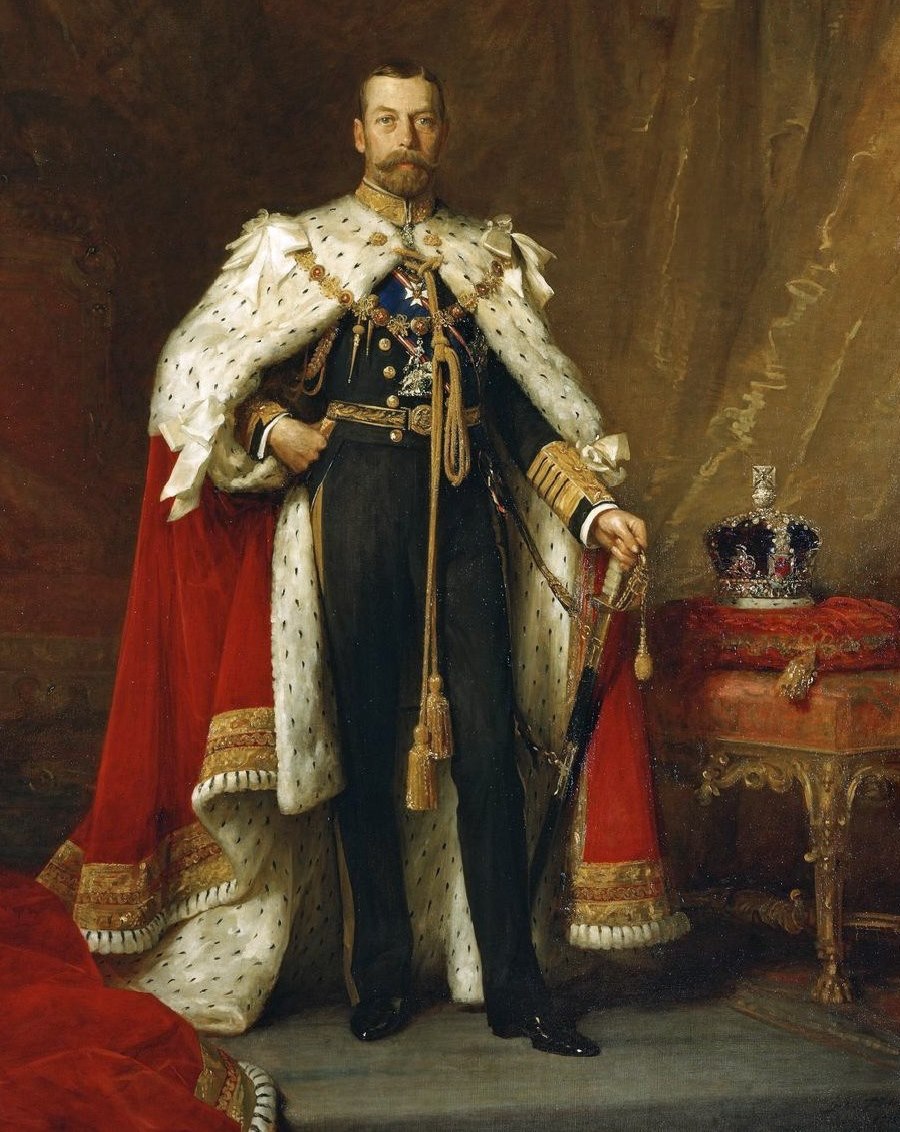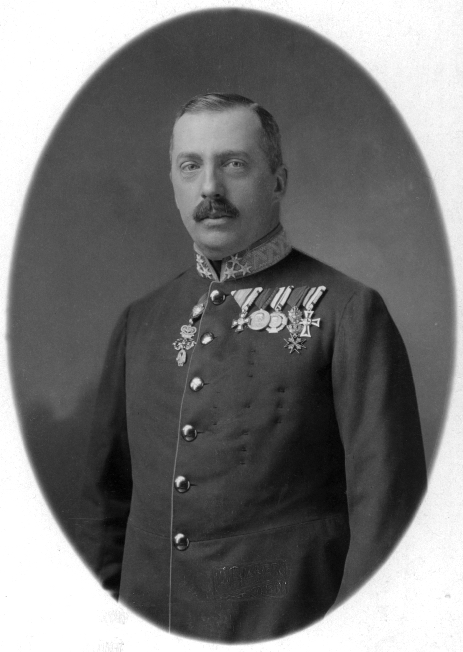© Unofficial Royalty 2023

King Louis XII of France; Credit – Wikipedia
June 27, 1462 – Birth of King Louis XII of France at the Château de Blois in Blois, France
Louis succeeded his father as Duke of Orléans at the age of three. Although his descent from the French ruling line was somewhat distant, Louis was aware of his close proximity to the throne should the main Valois line become extinct. King Charles VIII died unexpectedly in 1498. Although Charles VIII and his wife had had several children, none survived him, allowing Louis’ succession as King Louis XII of France. Louis XII married three times. His last wife was 18-year-old Mary Tudor, daughter of King Henry VII of England and sister of King Henry VIII of England. The 52-year-old Louis XII was still eager to provide himself with a male heir. However, the marriage lasted only four months due to Louis’s death.
Unofficial Royalty: King Louis XII of France
June 27, 1550 – Birth of King Charles IX of France at the Château de Saint-Germain-en-Laye near Paris, France
Charles became King of France at the age of nine upon the death of his 16-year-old brother François II who was the first husband of Mary, Queen of Scots. The horrific St. Bartholomew’s Day Massacre, in which thousands of Protestant Huguenots were killed, occurred during Charles’ reign. Although Charles IX publicly approved of the results of the St. Bartholomew Day’s Massacre, it left him with a psychological trauma that lasted for the remaining two years of his life. He became increasingly depressed and his already weak constitution could no longer resist the tuberculosis that ravaged his body and he died at the age of 23.
Unofficial Royalty: King Charles IX of France
June 27, 1655 – Death of Eleonora Gonzaga of Mantua, Holy Roman Empress, second wife of Ferdinand II, Holy Roman Emperor, Archduke of Inner Austria, King of Bohemia, King of Hungary and Croatia, in Vienna, Austria; buried in Vienna at the Discalced Carmelites Monastery, in 1782, Eleonora’s remains were reinterred in the Ducal Crypt at St. Stephen’s Cathedral in Vienna, Austria
Unofficial Royalty: Eleonora Gonzaga of Mantua, Holy Roman Empress, 2nd wife of Ferdinand II, Holy Roman Emperor (article coming soon)
June 27, 1704 – Death of Elisabeth Helene von Vieregg, mistress and bigamous wife of Frederik IV, King of Denmark and Norway; buried at the Church of Our Savior in Copenhagen, Denmark
Without divorcing his wife, Frederik IV made a bigamous marriage to Elisabeth and then created her Countess of Antvorskov. Elisabeth died due to childbirth complications shortly after giving birth to King Frederik IV’s son Frederik Gyldenløve. Elisabeth was greatly mourned by Frederik IV who gave her a lavish funeral and commanded that the bells of three churches should ring for two hours. Elisabeth was buried at the Church of Our Savior in Copenhagen, Denmark. Her son lived for only nine months and was buried with Elisabeth.
Unofficial Royalty: Elisabeth Helene von Vieregg
June 27, 1880 – Birth of Natalia Sergeyevna Sheremetyevskaya, Countess Brasova, morganatic wife of Grand Duke Michael of Russia, son of Alexander III, Emperor of All Russia, at a rented summer dacha outside of Moscow, Russia
Natalia was the lover and then the morganatic wife of Grand Duke Michael of Russia, brother of Nicholas II, Emperor of All Russia. After the birth of a son named George after Michael’s deceased brother, Natalia and her first husband were divorced. Nicholas II issued a decree giving George the surname Brasov after Michael’s estate at Brasov, granted Natalia permission to use the surname Brasova and allowed her to live with Michael at his estate Brasovo. When Michael and Natalia were secretly married without Nicholas II’s permission, Nicholas stripped Michael of his military rank, froze all his assets in Russia, seized control of his estates, and banished him from Russia. Eventually, Michael was allowed to return to Russia, his son George was legitimized and created Count Brasov but neither he nor his descendants could be in the line of succession. At the same time, Natalia was created Countess Brasova. Michael and his secretary were killed during the Russian Revolution and their bodies were never found. George died in a car accident at the age of 20. Natalia died at the age of 71 in 1952.
Unofficial Royalty: Natalia Sergeyevna Sheremetyevskaya, Countess Brasova
June 27, 1889 – Wedding of Princess Louise, Princess Royal, daughter of King Edward VII of the United Kingdom, and Alexander Duff, 6th Earl Fife, at the Private Chapel, Buckingham Palace
Despite the possessiveness of her mother Alexandra, then Princess of Wales, and the matchmaking of her grandmother Queen Victoria, Louise decided that she wanted to marry for love. Louise preferred to marry a British subject rather than a European prince that would take her away from home and so, like her aunt Princess Louise who had married the future 9th Duke of Argyll, she chose a husband from the British aristocracy, Alexander Duff, then the 6th Earl Fife. When Louise’s grandmother Queen Victoria arrived at Sandringham to discuss a potential engagement with Louise’s parents, she was met by Louise who tearfully explained that if she was not allowed to marry Alexander, she would die an old maid. Queen Victoria, who had known Alexander since his childhood, explained to her that as her grandmother and sovereign, she had to spend some time with her potential groom before she could make a decision about the marriage. Queen Victoria was partial to Scotsmen and when she spent some time with Alexander, she approved of the marriage.
Unofficial Royalty: Wedding of Louise, Princess Royal and Alexander Duff, 1st Duke of Fife
June 27, 1959 – Death of Prince Elia of Bourbon-Parma in Friedberg, Austria; buried nearby in Mönichkirchen, Austria
Prince Elia of Bourbon-Parma was head of the House of Bourbon-Parma and pretender to the former ducal throne of Parma from 1950 until his death in 1959. Additionally, he served as regent from 1907-1950 for two of his elder brothers, Enrico and Giuseppe, who were mentally disabled.
Unofficial Royalty: Prince Elia of Bourbon-Parma
This article is the intellectual property of Unofficial Royalty and is NOT TO BE COPIED, EDITED, OR POSTED IN ANY FORM ON ANOTHER WEBSITE under any circumstances. It is permissible to use a link that directs to Unofficial Royalty.














